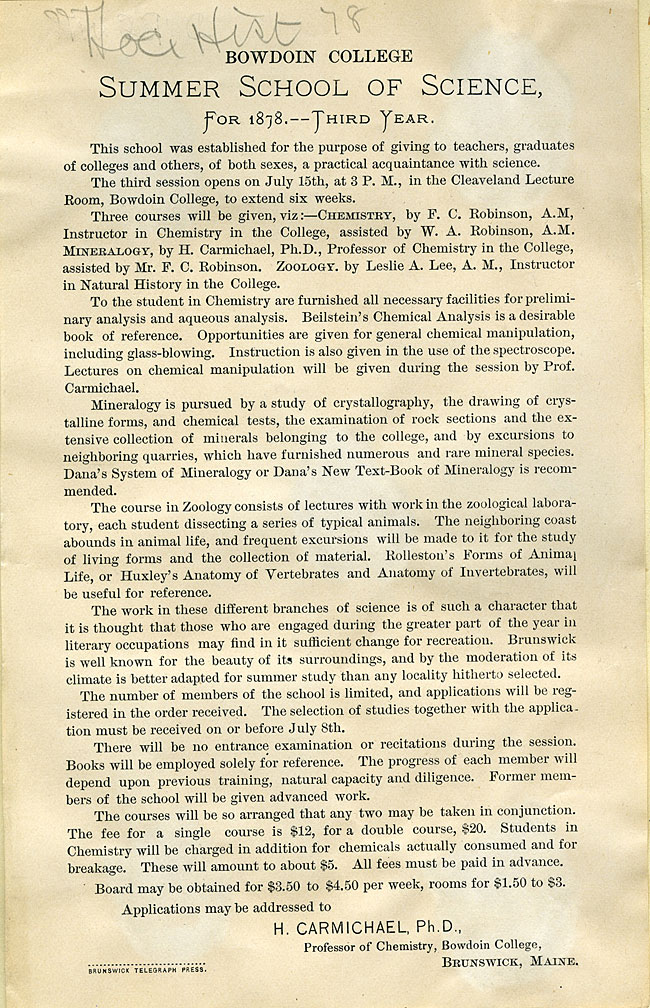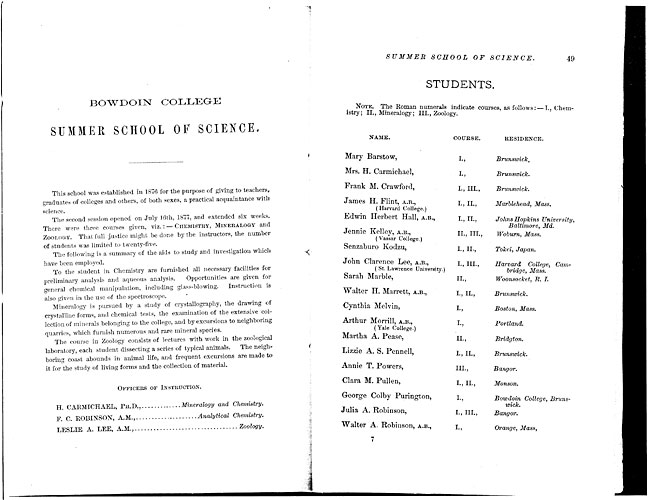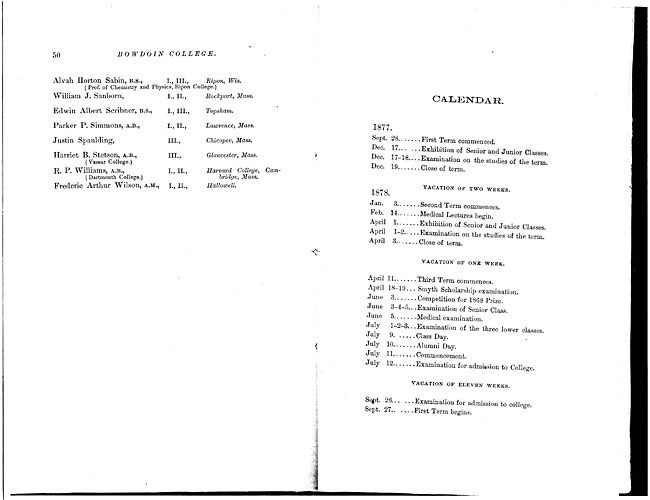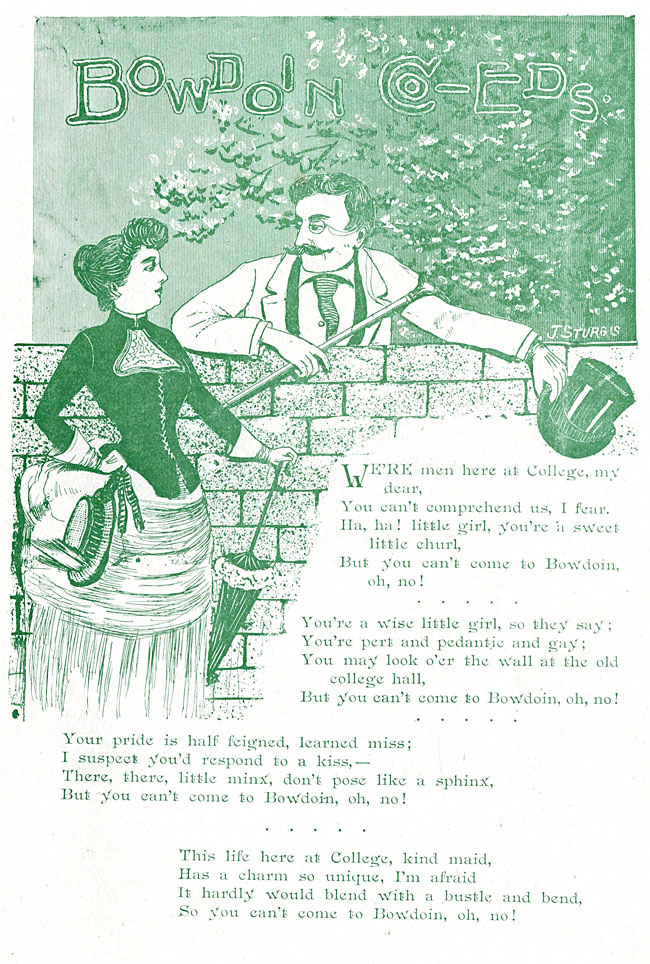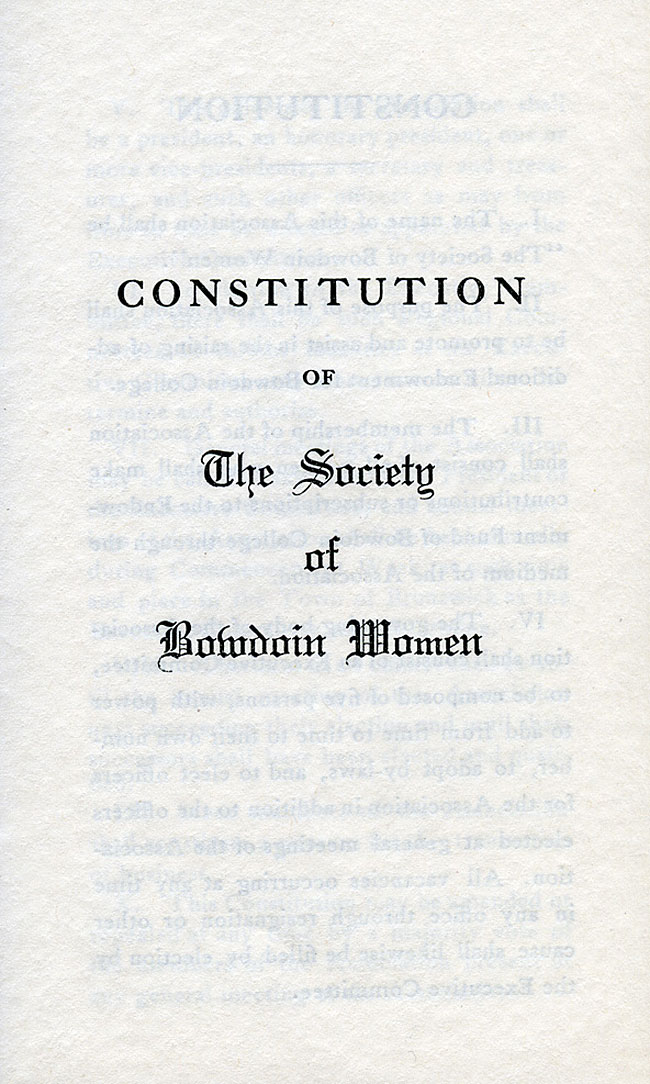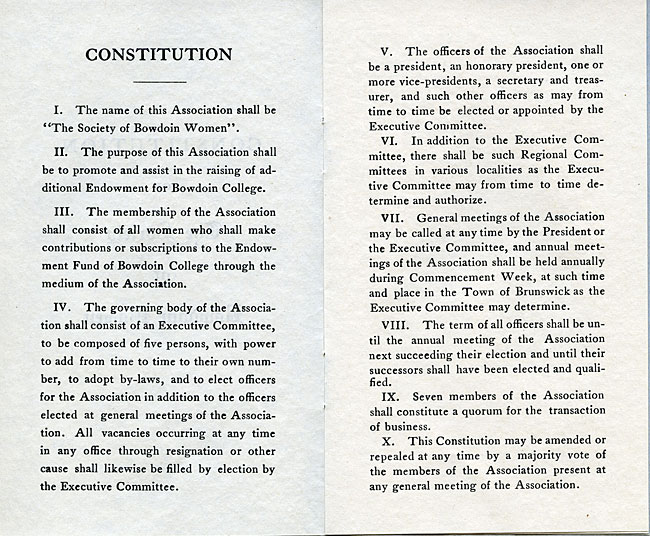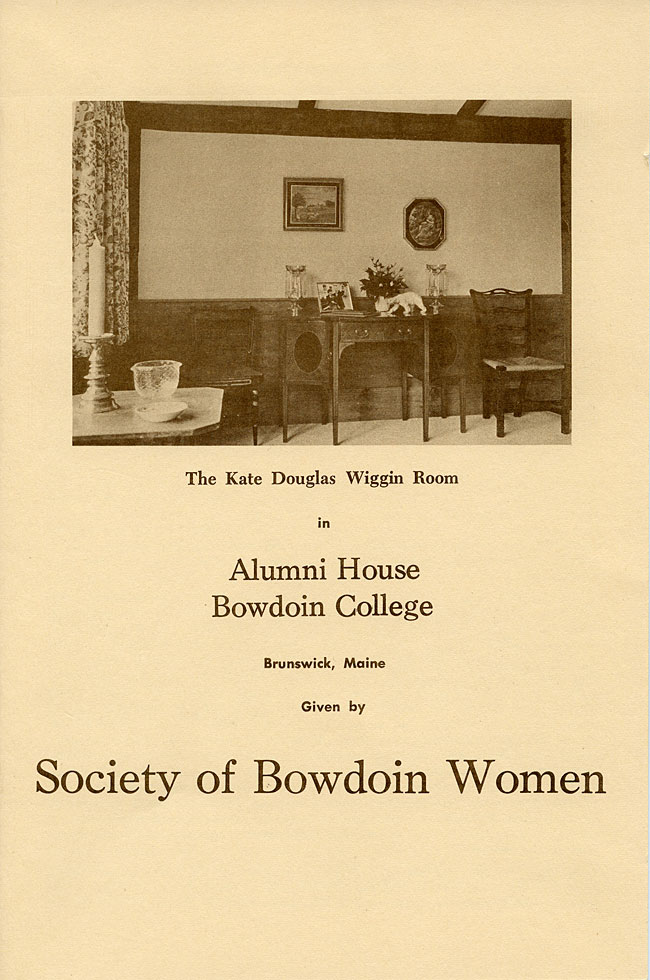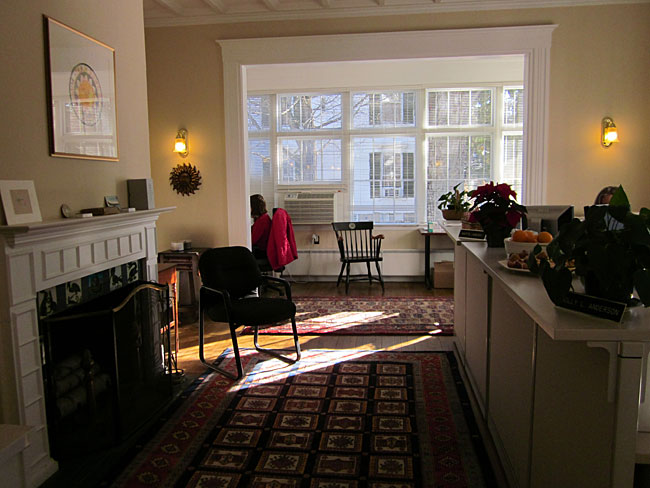Opportunities for higher education for women were very rare in the early 1800s. Oberlin College opened its doors to women in 1833 and is recognized as the first college to become coeducational. The situation changed rapidly, though, in the late nineteenth and early twentieth centuries. Before 1870, only one in six women pursuing higher education did so at a coeducational college or university. Ten years later this changed to two in five women. Following the pattern, three in five women in higher education studied at coeducational institutions in 1880. Coeducation at this time, however, did not mean equal education. Women were admitted to increasing numbers of previously all-male colleges, but they were rarely welcomed to equal academic, social, and extracurricular experiences.
While many colleges became coeducational, single sex schools in the northeast resisted, primarily because with their better economic resources, they faced no financial burden by remaining single sex. By 1945, seventy percent of all institutions had become coeducational, and this number increased another five percent by 1955. But only in the late 1960s did Ivy-league colleges begin to make the transition, and once they did, many other schools, including Bowdoin, followed suit. The first mention of coeducation at Bowdoin was made many years earlier by Joshua Chamberlain, sixth president the College in his 1871 inaugural address (Document SC, 1). Interestingly, coeducation officially began at the college exactly one hundred years later in 1971.
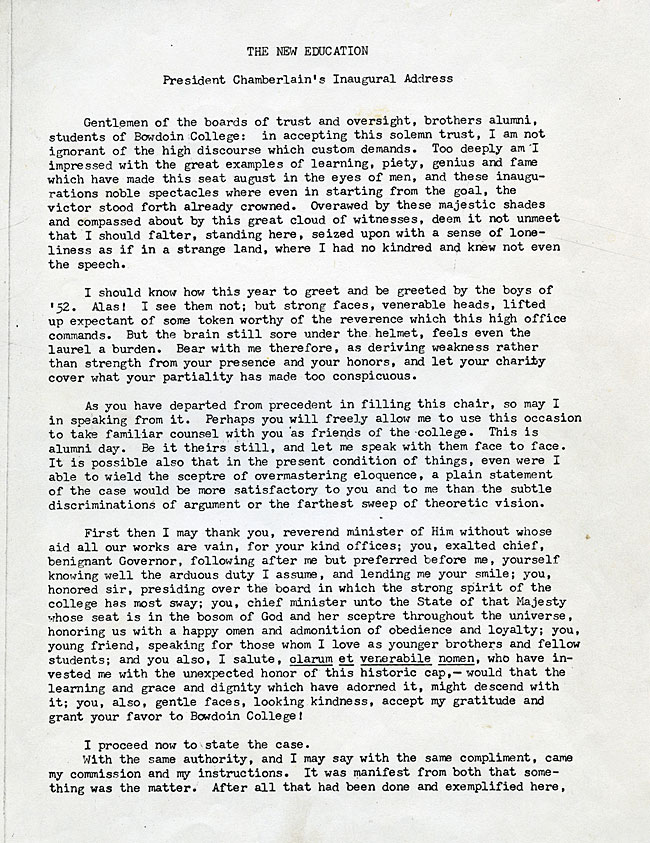
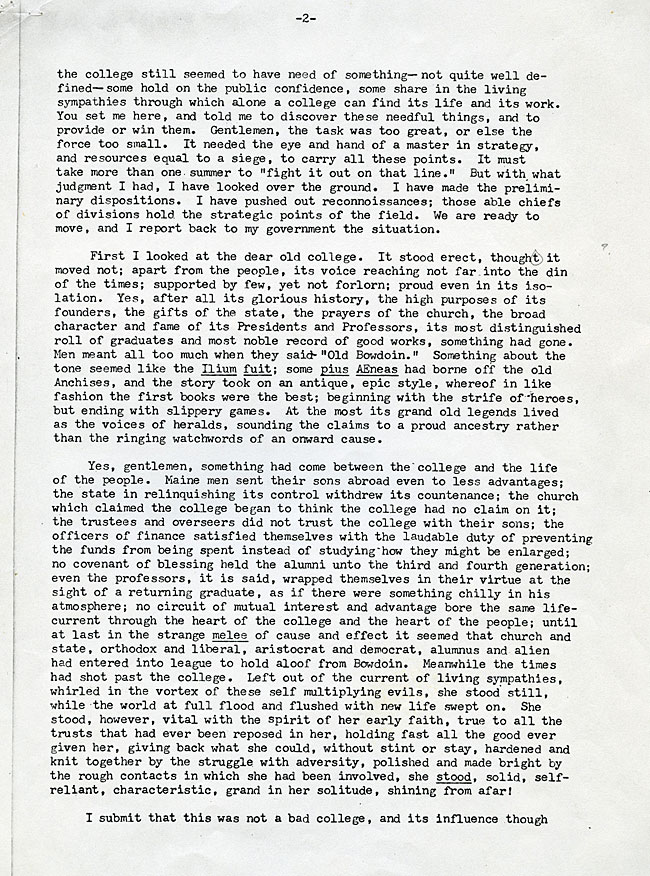
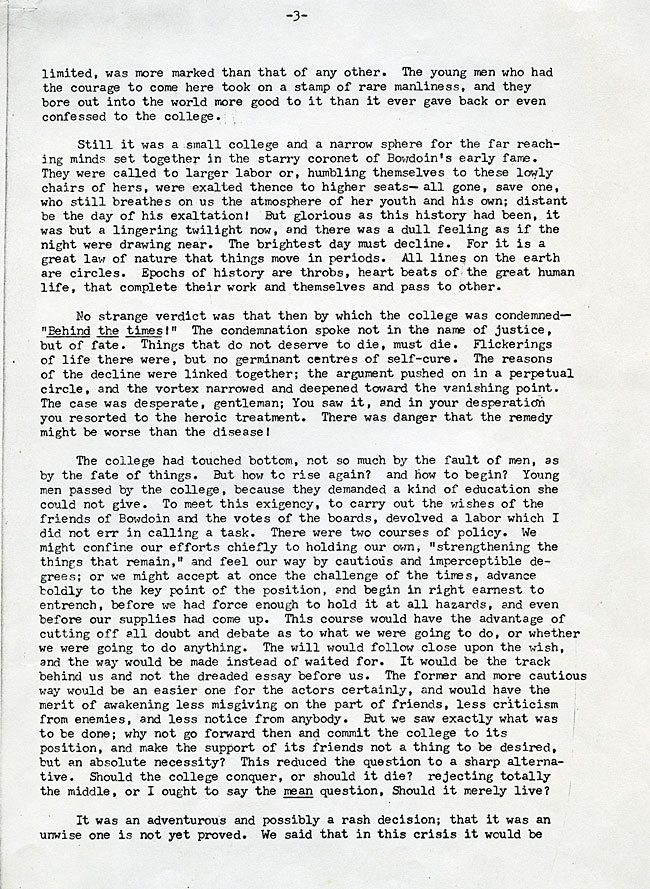

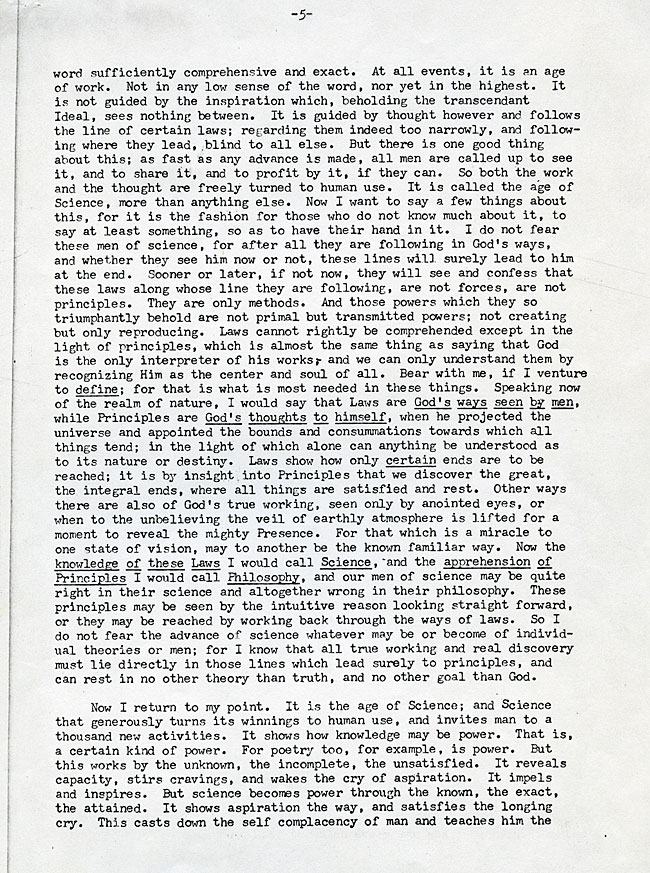
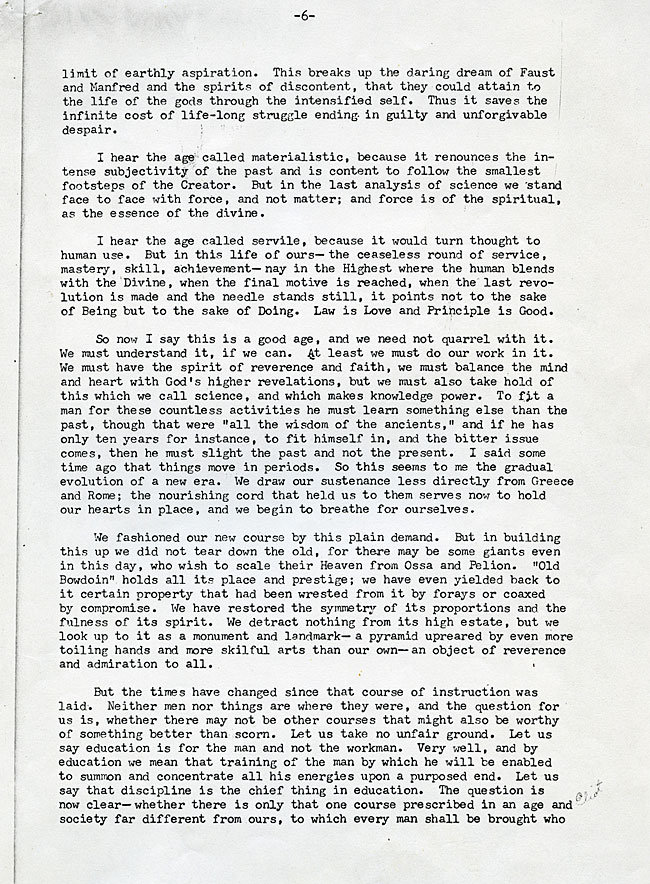

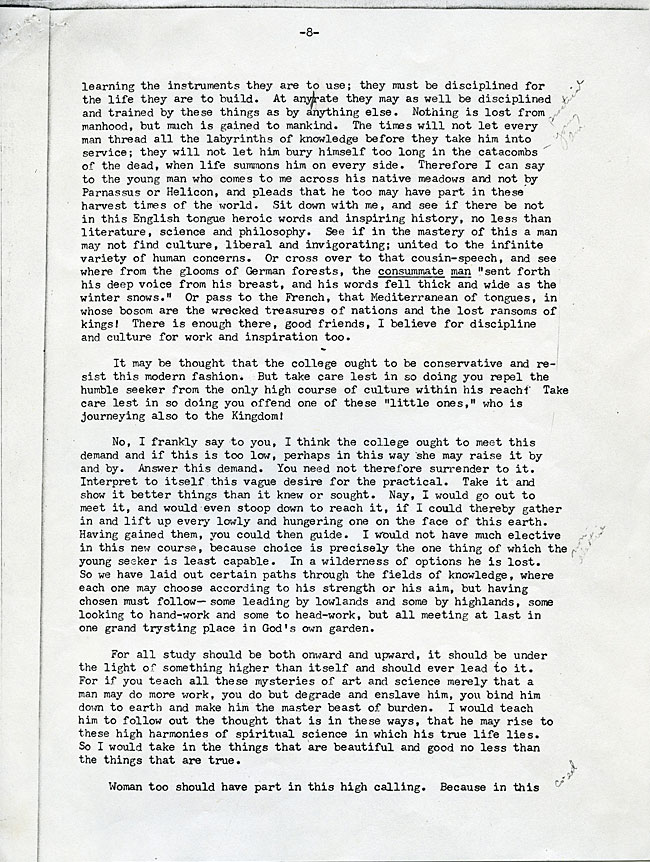
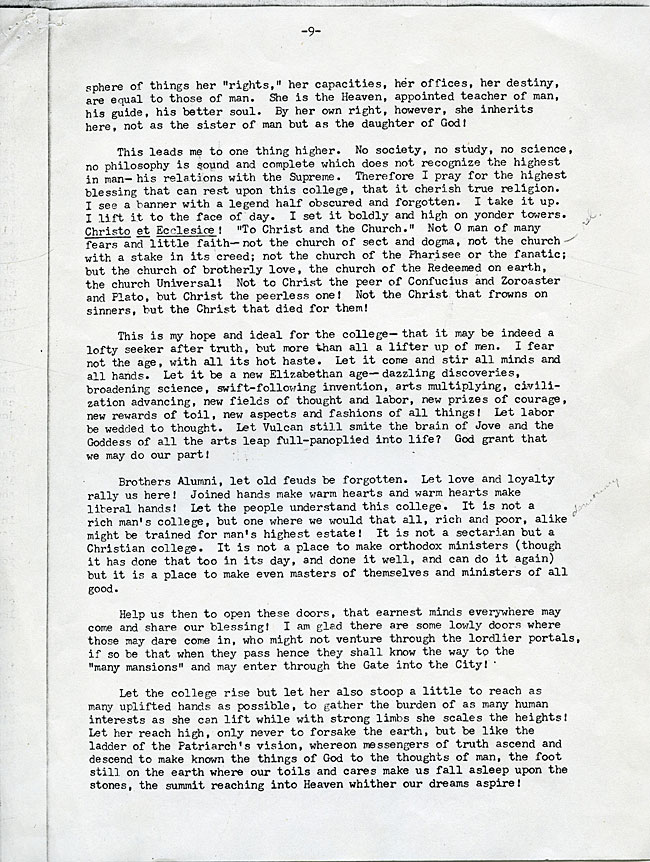
SC 1
